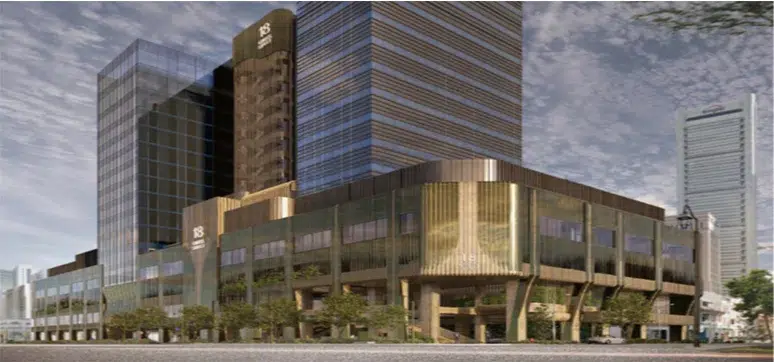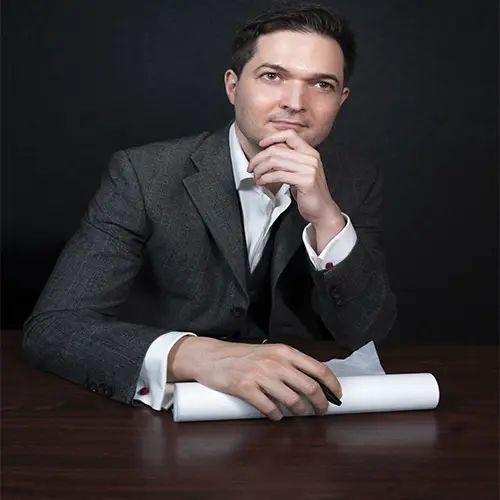”The greenest building is. . . one that is already built.” – Carl Elefante (2007)
This article aims to raise awareness of adaptive reuse strategies and the role façade design can play in the transformation of underperforming buildings.
The construction industry has been making progress in reducing operational carbon emissions through various strategies and innovations, and progress varies across regions, regulations, and market demands. There is a growing global trend towards adopting more sustainable and energy-efficient building practices. India, at the 2015 Paris Agreement, committed to reducing the emissions intensity of its Gross Domestic Product (GDP). The target is to lower the emissions intensity by 33- 35% by 2030 compared to 2005 levels. Later at the 26th session of the United Nations Framework Convention on Climate Change (COP 26) in November 2021, COP26 announced its goal to achieve net zero by 2070. However, operational carbon constitutes only a portion of the overall lifecycle of carbon emissions.
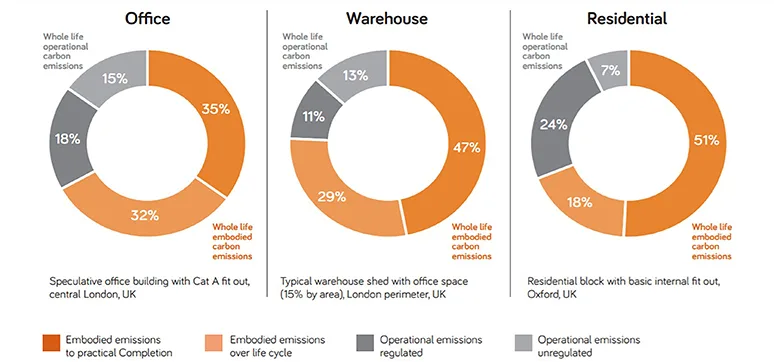
Only by addressing operational and embodied carbon emissions holistically throughout the entire life cycle of buildings can our industry successfully meet these targets.
The structural system itself can account for approximately 20-30% of the embodied carbon. Concrete is a significant contributor, especially in buildings with extensive use of concrete in the foundations, columns, and slabs. Retaining existing structures can often provide more efficient ways to reach zero carbon than relying solely on new- built solutions. This is further amplified by global statistics, such as the EU Building Stock Observatory’s report predicting that 95% of the current EU buildings will still exist in 2050. While this percentage would certainly be lower in India, it still signals a significant shift in focus towards re-use.
The question is: How can we reinvent our existing buildings to ensure new requirements and patterns of usage, or even changes of function, can entirely be satisfied? How can this be achieved while retaining the existing structures and minimising the carbon footprint of the alteration?
This is where façade can play a pivotal role in the transformation of underperforming buildings and neighbourhoods. Here we will explore two sets of case studies:
- The first set focuses on the relationships between old and new, working with heritage buildings and new structures.
- The second set of case studies examines recent structures of underperforming buildings. It explores strategies for retaining these existing structures while radically upgrading their visual, spatial and technical performance.
The common point among all these examples is pursuing radical transformations with guidelines such as “change everything without changing anything”.
Case Study – 1
The Old and The New Cross Street, Singapore
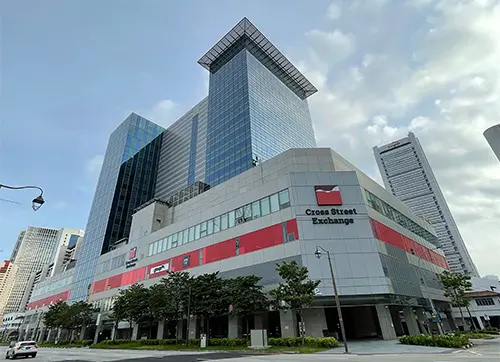
Located on the edge of China Town and the Central Business District (CBD), the site is flanked on one side by Cross Street, a bustling urban thoroughfare, and the popular and pedestrianized Nankin Road on the other. Around the perimeter, there are 18 heritage shophouses, a block of six contemporary shophouses, and a four-storey mixed-use podium. This site is also home to a 15-storey office tower.
For years the development has faced several challenges. The podium did not integrate aesthetically with the surrounding heritage neighbourhood, mainly due to its overscale massing and industrial-looking façade. Visitor numbers were low, and leasing was a challenge. The tower likewise struggled to attract tenants, despite its prime location.
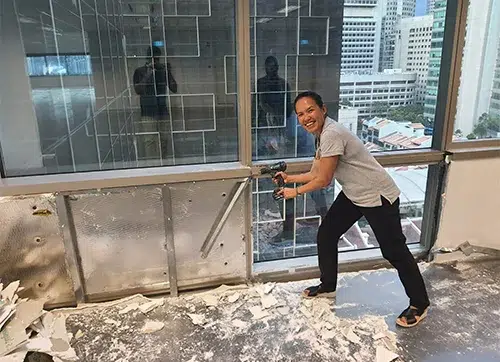
The lower floors of the shophouses housed restaurants, while the upper floors remained partially vacant due to space and conservation constraints. To compound the situation, the shophouses operated independently from the tower and podium. The central design challenge was this: how could these disjointed components be transformed into a cohesive and synergistic entity? How could this underperforming, underused development become a successful quarter and a prominent destination for the people of Singapore?
ECONOMIC SUSTAINABILITY
The primary focus of this project was to elevate the workplace environment. The office tenant spaces were upgraded to deliver a Grade-A experience. The solid parapet panels were removed to achieve floor-to-ceiling clear-glazed windows. Exposed ceilings were used to increase floor heights. A special curved pelmet panel was designed to conceal the large perimeter beam and to create a seamless interface between the curtain wall and the exposed ceiling.
CREATING AN ADDRESS
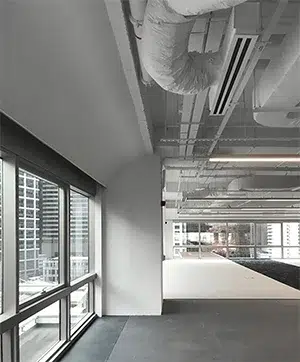
The colonnades and the pilotis were converted to double height, extending from the prominent corner of the site to the office lobby. This edifice not only creates a distinct identity for the office tower but also rewrites the entire arrival experience. Acting as an outdoor extension of the internal corporate environment, the colonnade incorporates public seating areas that effectively blur boundaries and blend different uses.
Furthermore, the shophouses and the retail podium serve as additional amenities for the office tower, adding further value for future tenants.
ENVIRONMENTAL SUSTAINABILITY
The Cross Street project places sustainability at its core. Although the entire development has a transformed appearance and functionality, Benoy managed to retain almost all the existing structures of the tower and podium, including all the tower cladding and glazing. This contributes to achieving a favourable Envelope Thermal Transfer Value (ETTV). Additionally, the high level of retention and upcycling of existing materials successfully minimises the overall carbon footprint of the redevelopment.
CULTURAL SUSTAINABILITY
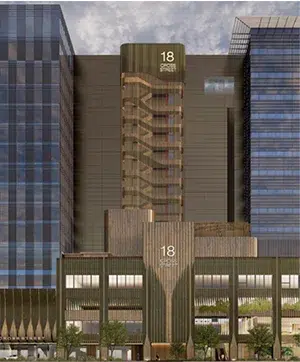
In the wider context of the community, we ask: How can the misfitting podium be integrated into this precious heritage context? How can it contribute to the vibrant culture of Singapore’s Chinatown? Taking advantage of the exposed column grid, the much larger scale podium façade continues the human-scale rhythm of the old shophouses, forming a dialogue between the new and heritage elements of the site – a conversation between past and present. The curved language enables the seamless integration of different functions behind the façade, from car parks to retail spaces and green outdoor terraces.
On the heritage shophouses along the pedestrian street side entrance, there are feature walls for mural artwork by local artists.
MATERIALITY
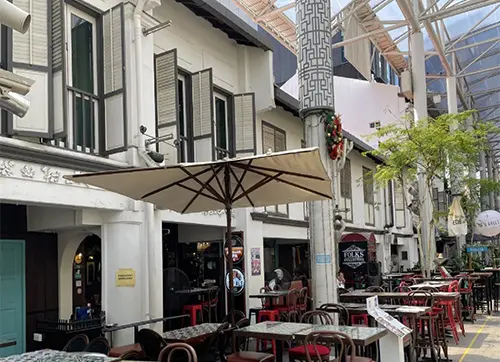
The new podium façade borrows the materiality of the green glazed terracotta tiles and the wooden structure, establishing a dynamic relationship between the two finishes. This interplay creates distinct zones where the wooden finish and the green terracotta finish are more prominent, allowing for diversity along the 130 m-long main elevation.
The same materiality extends across the interior retail spaces, creating a cohesive experience inside and outside.
LAYERS OF TIME
The redesign of Cross Street is guided by a layered approach to the interplay among the heritage shophouses, the 20-year-old tower and podium structures, and the contemporary façade.
As Rojas Machado stated in his influential paper almost 50 years ago, “remodelling is a process of providing a balance between the past and the future.” He drew a parallel between medieval palimpsests, manuscripts that have been rewritten multiple times and carried multiple layers of overlapping writings on a single page, and the remodelling of old buildings.
Repurposing of the Ice Factory, Ballard Estate, Mumbai
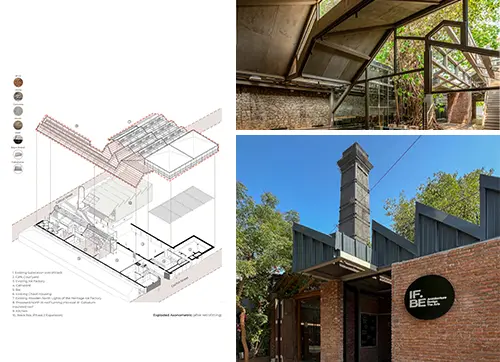
A very recent, smaller-scale example that exemplifies the intricate balance between old and new is Malik Architecture’s IF.BE Ice Factory repurposing in Mumbai. Malik takes the saw-tooth roof profile of the old factory building, reorienting it by 90 degrees to cover the courtyard and projecting it outward onto the street. This approach not only creates a contemporary entrance but also a journey within the site weaving together elements of the old and the new; both inside and outside.
Case Study – 2
The Reconstruction of an Icon Yangshupu Power Station, Shanghai, China
The Power Station of Ideas in Shanghai aims to repurpose one of China’s oldest abandoned power stations, the Yangshupu Power Station. Starting its operation in 1913, it was the largest power plant in the Far East at that time. It underwent several phases of expansion over the century. The most iconic 10-story-tall boiler house built in 1938, unfortunately, was demolished years ago.
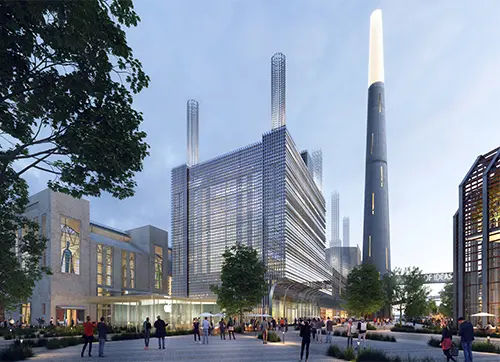
Benoy’s scheme revitalises the entire site into a vibrant, mixed-use destination. Cultural and educational facilities are seamlessly integrated with diverse office spaces, supporting retail spaces and a business hotel. The development is positioned as a sibling destination to the well-established Powerstation of Art on the opposite side of the city. Facing the main road is a sculptural reconstruction of the demolished 1938 iconic boiler house. While the massing with the eight chimneys is restored, the design is not nostalgic. Taking inspiration from the large-scale installations by artists Do Ho Suh and Rachel Whiteread, it creates a blurry and fuzzy white envelope, evoking a foggy shadow of the past rather than a conservationist reconstruction.
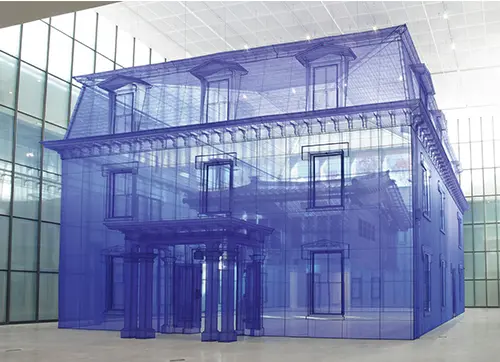
A single bold sculptural gesture carves out a colonnade along the main pedestrian thoroughfare, featuring double-height glazed shopfronts. The key arrival to the office area takes the exposed structural grid of the existing power station building, turning it into a new feature. The new structural grid hovers above the plaza, creating a unique, covered outdoor space for events, outdoor dining and pop-up markets. With the exclusion of a series of voids, this floating spaceframe houses a substantial office floorplate for an IT company. On the roof, it provides a range of unique outdoor sports and wellness amenities for the surrounding office tenants.
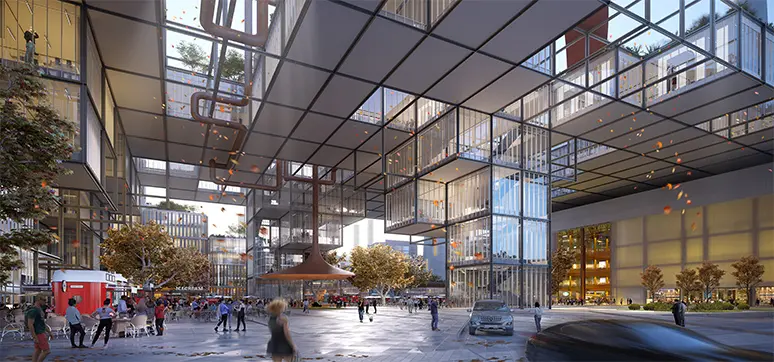
Case Study – 3
Transforming the Mundane Dunchon Apartments, Seoul, South Korea
Moving on from heritage buildings, the second set of case studies focuses on the repurposing of more mundane, everyday buildings that lack cultural or historical value.
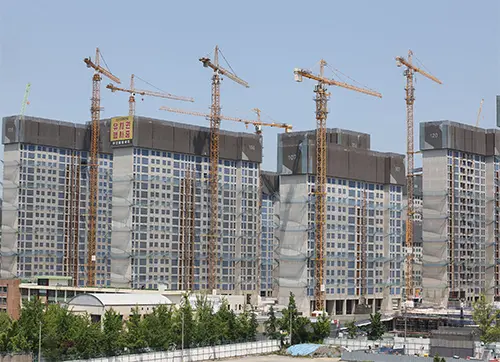
How can one rethink the master plan when all the structures are already built? Dunchon Apartments is a redevelopment project situated at the prominent site of the old Olympic Village in Seoul, transforming a large residential neighbourhood.
The project comprises 85 residential towers, 16 community buildings and 2 shopping centres. The proposed design anticipates the holistic revisioning of the residential development without changing any of the existing structures. It addresses key issues of the current scheme, such as the monotonous repetition of the 85 towers and the spaces in between, as well as the large wall-like massing of the residential buildings.
SOCIAL SUSTAINABILITY
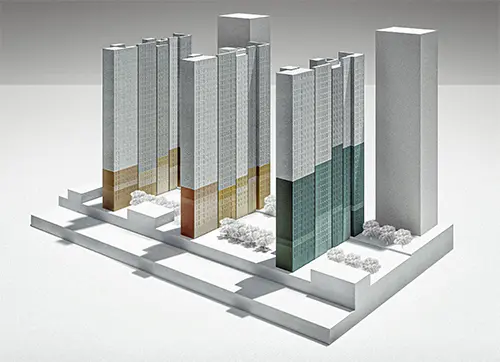
The design started with a series of computational simulations. A pedestrian flow analysis was conducted to locate key circulation routes across this large site and to identify the high and low pedestrian activity areas. Environmental simulations were also employed to identify public spaces with comfortable outdoor environments throughout the year. By overlaying these two layers of data, a more nuanced differentiation of public spaces across the site was achieved. This approach led to the establishment of key nodes, which are both frequented and comfortable, to become community centres for their adjacent residents. The large housing development was transformed into a neighbourhood by breaking down the uniformity into a series of smaller interconnected clusters of micro-communities.
HUMAN SCALE
The tower façades are split into lower and upper zones. The lower parts pick up the gradually changing colours of the clusters, while the upper part features a soft reflective finish that blends with the sky. The intention is to change the perception of the height of the building by shifting the focus to the lower, colourful façade area.
The split between the top and the bottom façade zones is not constant across all the buildings. It dynamically varies across the site, creating a diversity of experiences and differences between low and high-rise areas, despite the fact that the towers are all the same height in reality.
FENESTRATION
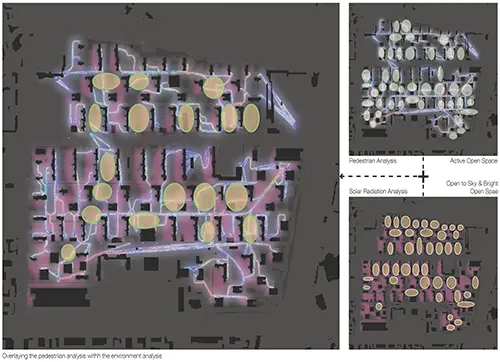
To address the long, wall-like appearance of the massing, the towers are subdivided into a series of slender vertical volumes through façade articulation. The parapet heights on the roofs also vary to reinforce the vertical volumes.
Although the window openings are all fixed, façade articulation is used to visually group some windows together, creating a diverse fenestration among the new vertical volumes.
MATERIALITY
On the lower façade zone, glazed terracotta cladding is used to provide a durable, high-quality finish to the building. It brings a sense of craftsmanship that is not customary in large housing developments, enhancing the experience of people interacting with the buildings. The same level of care continues in the design of the landscaping and the public indoor spaces.
COMMUNITY
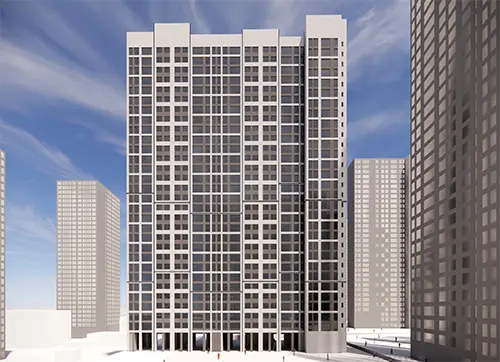
When these interventions are combined, they fundamentally transform the perception of the entire neighbourhood; revising the masterplan without affecting any of the existing structure and transforming how people interact with the spaces and with each other. The ultimate goal is to foster a sense of community and facilitate social engagement. This project reinvents a residential development into a dynamic district that promotes social interactions and offers residents a playful living experience. It not only resonates with the aspirations of future residents but also boasts a sense of place.
Spatial Façades
Privilion Towers, Ahmedabad, India
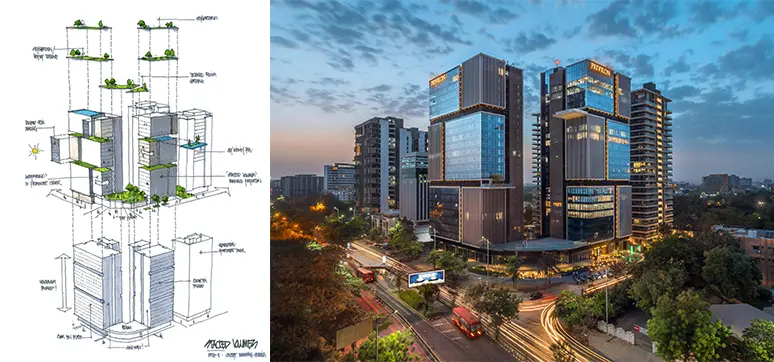
The redesign of the façade of the Privilion Towers in Ahmedabad followed a similar strategy. The massing was broken down into a series of box-like volumes. To differentiate between the adjacent boxes, two distinct façade systems were used: one featuring glazing and the other with deep louvers that gives a solid appearance. Between the boxes, large gaps are articulated and a series of floating platforms and green terraces were introduced. The overall perception of the massing is therefore fundamentally transformed, even though the overall structure remains unchanged.
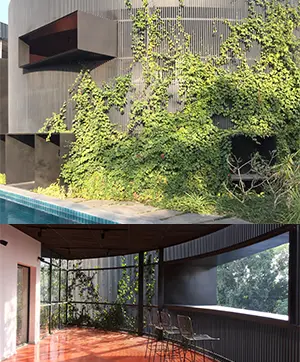
SECOND AND THIRD SKINS
Abin Design Studio in their Bansberia house extension transforms a mundane house by wrapping it with a new, significantly larger screen-like skin. The space between the new and old envelope creates an interesting house-within-a-house arrangement, resembling Ungers’ seminal DAM in Frankfurt. However, in the project, there is a more dynamic interplay between indoor, outdoor and semi-outdoor spaces.
The project not only focuses on spatial design but also actively incorporates the element of time. Over time, the louvered second skin gradually gives way to a third skin of vegetation.
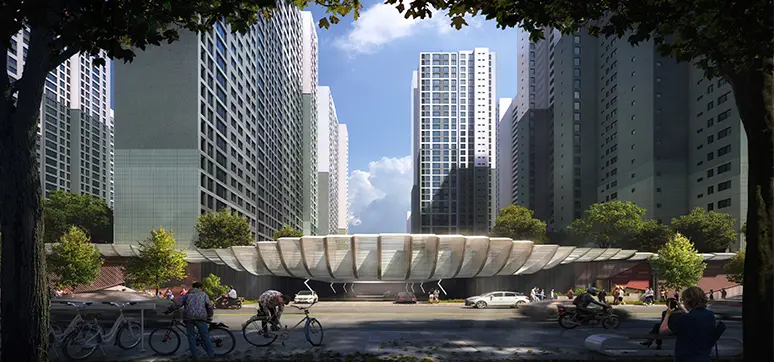
DEEP FAÇADES
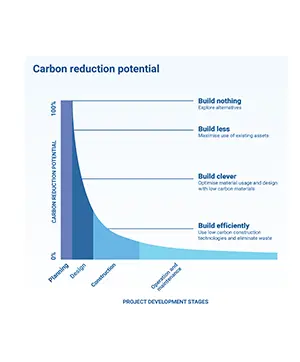
These examples illustrate how a series of literally superficial interventions can have a profound impact. Façade design serves as a powerful tool in transforming underperforming buildings and neighbourhoods, infusing new life into old structures while minimizing the carbon footprint. The holistic approach to revitalising buildings encompasses economic, environmental, social, and cultural sustainability and sensibilities, ensuring that the transformations are not only visually appealing but also functionally efficient and environmentally responsible.
By embracing adaptive reuse and innovative façade design, we can contribute to a more sustainable future, preserving our architectural heritage while simultaneously addressing the pressing challenges of climate change and urban development.
